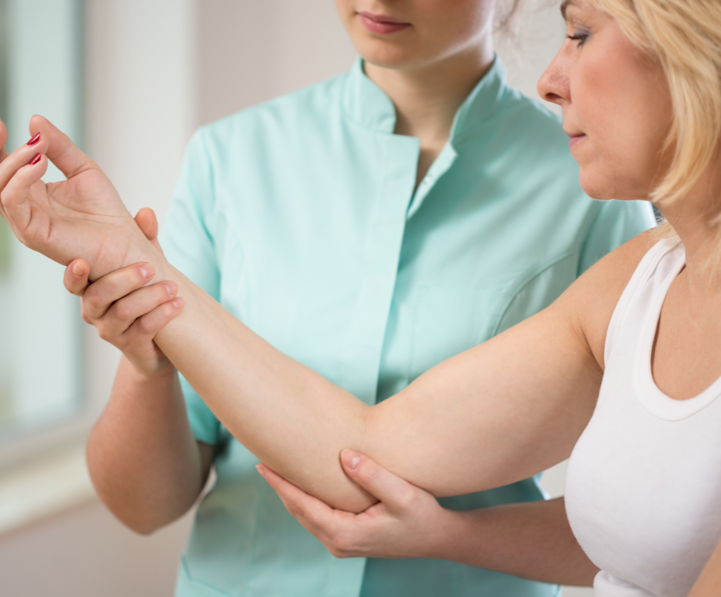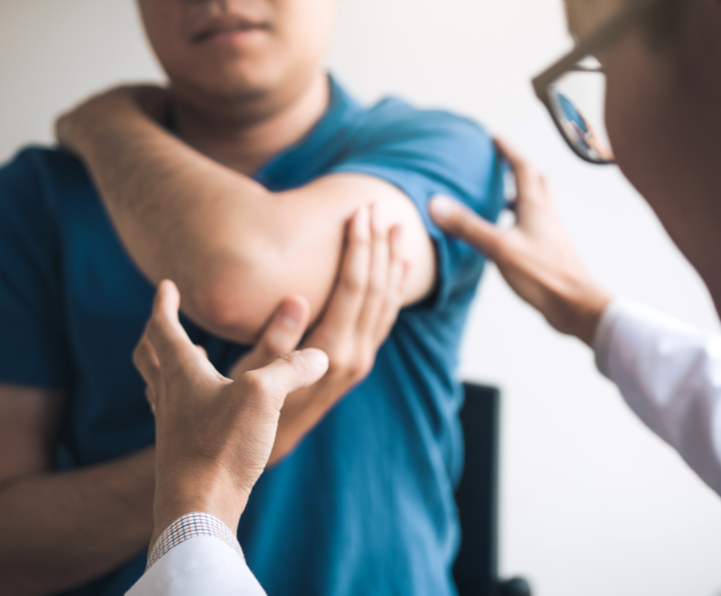South Melbourne 03 9699 2499 | Point Cook 03 8386 7400
Book NowThe forearm muscles that bend the wrist back are attached and connected by a single tendon. Tendons connect muscles to bone.
Tendons have high tensile strength. This means they can withstand high forces that pull on both ends of the tendon. When muscles work, they pull on one end of the tendon. The other end of the tendon pulls on the bone, causing the bone to move. The constant pull on these muscles and tendons causes general wear and tear.
The olecranon bursa, typically the area associated with Elbow Bump is located between the tip, or point, of the elbow (called the olecranon) and the overlying skin. This bursa allows the elbow to bend and straighten freely underneath the skin.

Introduction
Lateral epicondylitis, commonly known as tennis elbow, is not limited to tennis players. The backhand swing in tennis can strain the muscles and tendons of the elbow in a way that leads to tennis elbow. But many other types of repetitive activities can also lead to tennis elbow: painting with a brush or roller, running a chainsaw, and using many types of hand tools. Any activities that repeatedly stress the same forearm muscles can cause symptoms of tennis elbow.

